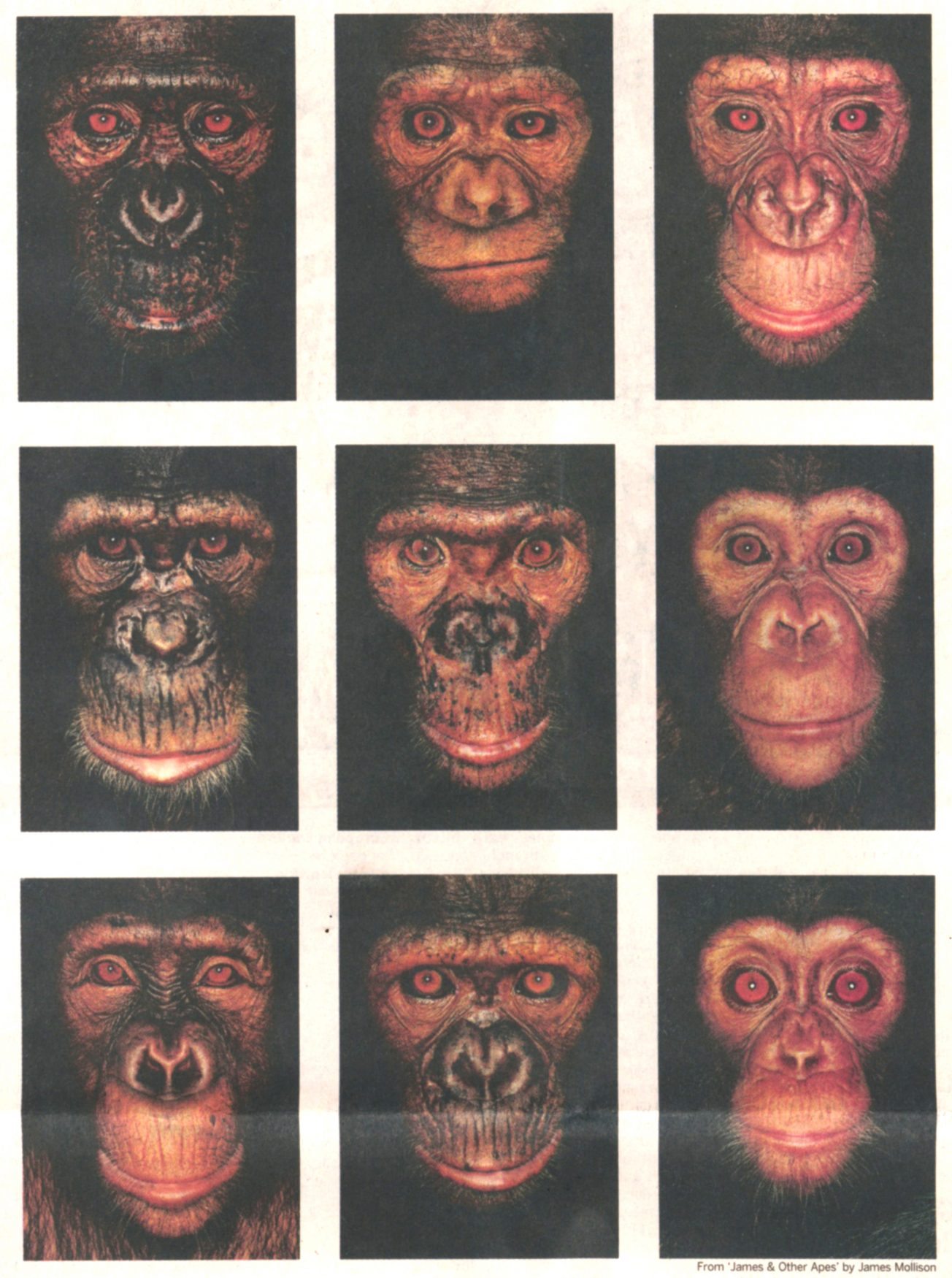
This is the latest post on the subject of science and evolution that we feature on this blog.
Stephen Care explores what we really know about our evolutionary past, and what we don’t. From ape, to standing upright, to using tools, a bigger brain and the introduction of speech, Care asks why only “15% of Americans accept that we evolved unaided from some surprisingly upright apes”.
“Although our brains have ballooned over the past million years or so, we still struggle to understand ourselves” says Care. Though there are many unanswered question such as how our ancestors became bipedal or why our brains tripled in size. This is why the evolution theory is so hard to defend.
Daniel Fairbanks has written the book ‘Evolving: The Human Effect and Why It Matters’ which he aims to tackle the “ongoing criticism, even threats” to which scientists are subjected. It outlines evidence of evolution such as our sharing of genes with species that split off from each other. 98% of our DNA is shared with our nearest living relative, the chimpanzee.
Ian Tattersall’s ‘Masters of the Planet: The Search for our Human Origins’ specialises in how our bones have evolved, through the examination of fossils. Sientists ‘deduce from a host of clues that these ancestors [bipedals] were walking of two legs some 4 million years ago. For example, if the hole through which the spinal chord enters is on the underside of the skull, this suggests an upright posture’.
The article goes into further depths drawing on three main books about evolution.
Evolving: The Human Effect and Why it Matters by Daniel J Fairbanks
Masters of the Planet: The Search for Our Human Origins by Ian Tattersall
Homo Mysterious: Evolutionary Puzzles of Human Nature by David P Barash
Via: Financial Times

